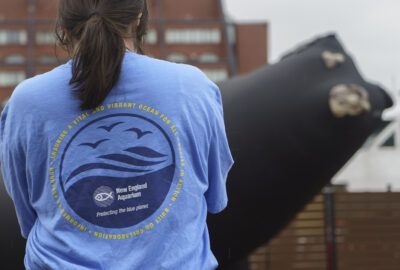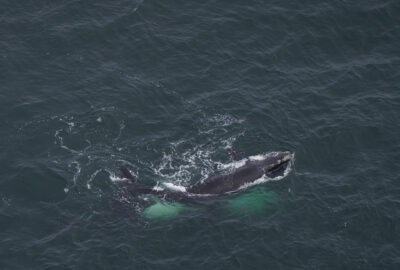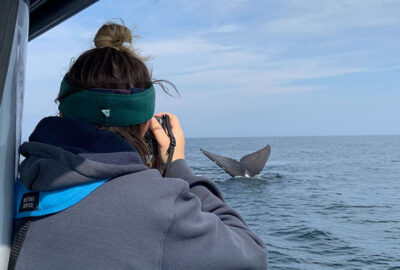Tagging Right Whales: Know Your Tag Types
By Kate McPherson on Tuesday, October 10, 2023

If you’ve been following along with our right whale research on social media this summer, you may have seen that Anderson Cabot Center for Ocean Life scientists participated in a collaborative study that used tags on whales as a tool to answer questions about North Atlantic right whale foraging behavior. But what exactly is a tag for whales, and how do you get a tag on one of the largest animals on the planet?
There are many different types of tags that can be attached to whales! Here, get an overview of the types of tags that currently exist and learn about some of the models that have been used in studies of North Atlantic right whales.
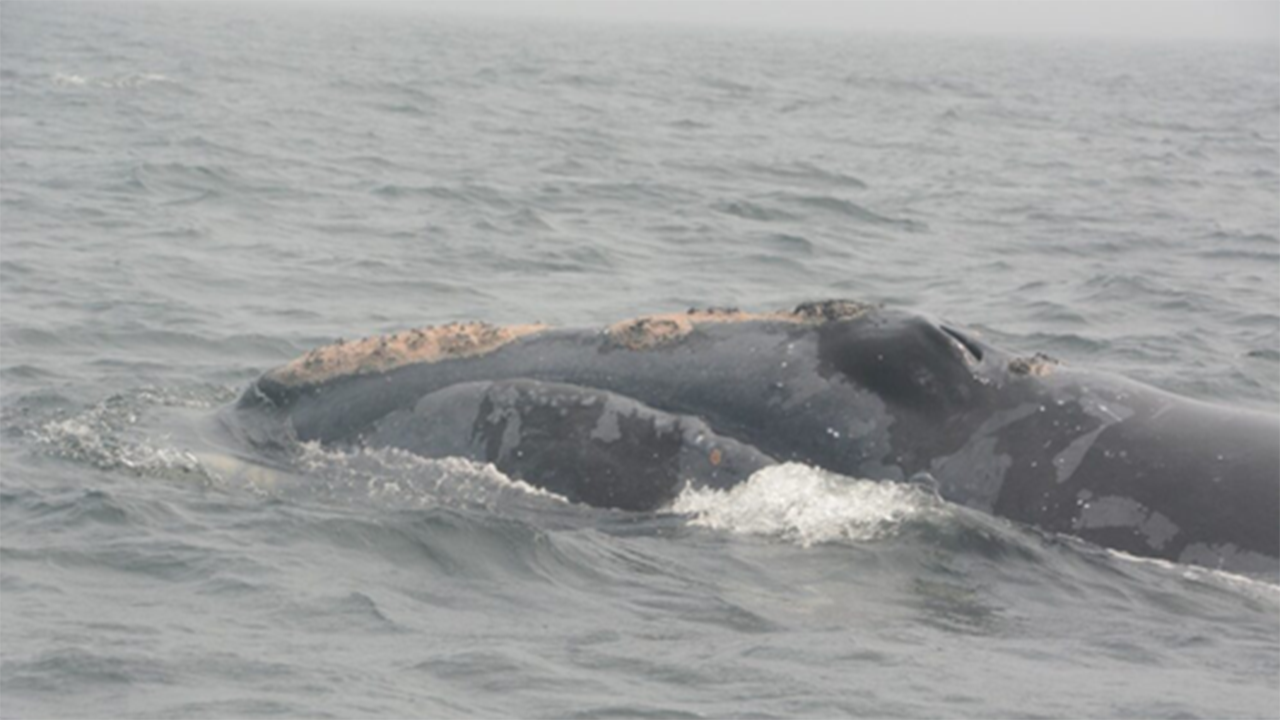
Invasive vs. noninvasive tags: How do they work?
Data collection tags are made up of several components, including an electronics package where different sensors are located (to collect information like temperature, depth, acceleration, etc.), and an attachment portion which varies in design by tag type. Tags can be divided into two basic categories: invasive and non-invasive. An invasive tag is one that attaches to the whale by intentionally breaking the skin barrier, while a non-invasive tag does not pass through the skin. There are three types of invasive tags used by whale researchers: Type A (Anchored), Type B (Bolt-on), and Type C (Consolidated). Let’s take a deeper dive into these three types!

Type A tags have retention barbs that are designed to anchor in the blubber of a whale, beneath the skin layer, with an electronics package that remains on the outside of the whale’s body. One Type A tag that has been used on North Atlantic right whales is the LIMPET tag; LIMPET stands for Low Impact Minimally Percutaneous Electronic Transmitter satellite tag. Essentially, this is a satellite tag that attaches to the whale’s blubber layer with small titanium darts while keeping the majority of the tag above the skin. These tags have sensors for temperature, depth, and light and may remain attached to the whale for several weeks, though right whales may dislodge them sooner by coming into contact with other right whales in surface active groups or with the seafloor.
Type B tags are mainly attached to dorsal fins using bolts that pierce the tissue, much like an earring. The electronics are external and collect a variety of environmental data. Since attaching a Type B tag requires restraining the individual, and since right whales do not have dorsal fins or dorsal ridges, these types of tags have not been used on North Atlantic right whales.
Type C tags enclose the electronics within a metal cylinder that is designed to be partially implanted in the body of the whale via retention barbs that may lodge in the blubber or further into the muscle/blubber interface or muscle tissue. Once the tag has been attached, typically, just a small portion of the tag, as well as the antenna, will be visible above the skin. It is possible for these tags to remain attached for many months, transmitting data to orbiting satellites through the exposed antenna.
These tags are the most invasive and therefore carry the most risk to individual whales. Since North Atlantic right whales are struggling to recover (both individually and as a species), these tags are not currently used in research studies, although their use is currently being reconsidered.
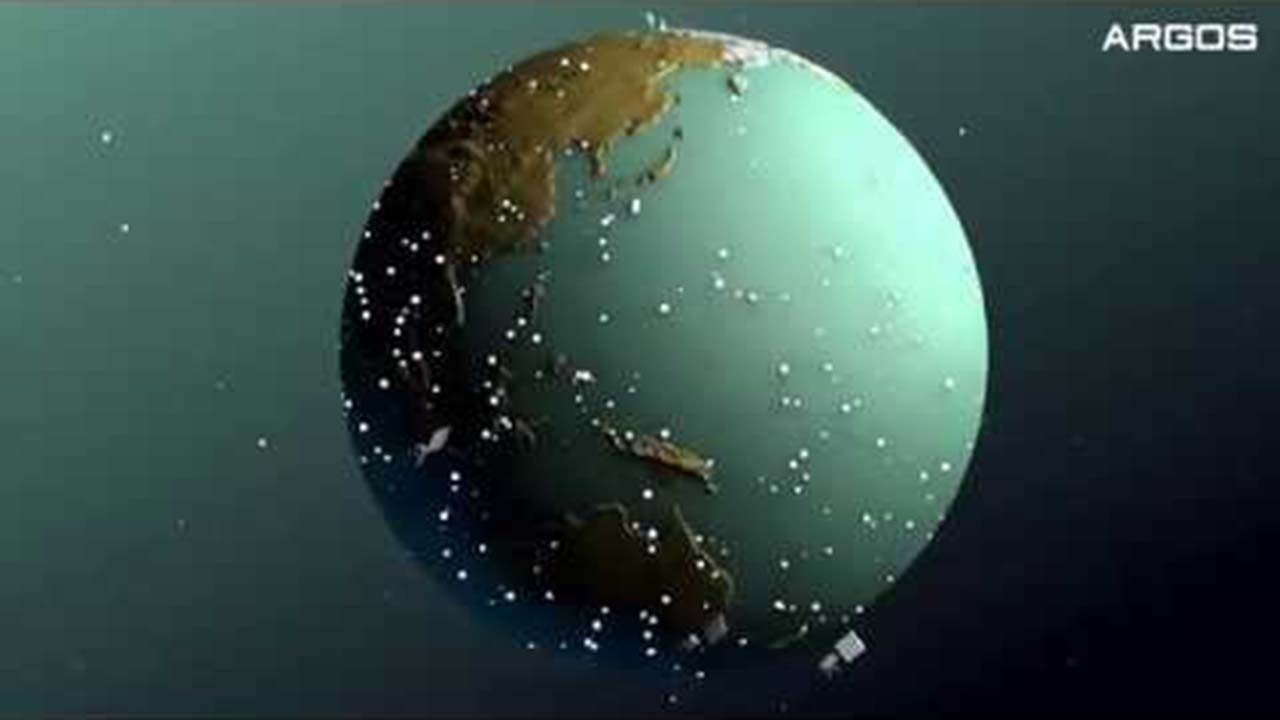
How Argos works
Argos satellite telemetry is commonly used with Type C tags to collect and share data.
Finally, we have our last category: non-invasive tags. These tags are most commonly attached to the back of a whale using suction cups, which pose little negative impact to the individual and may remain attached for several hours or several days. They are often attached using a long pole, though recent research has demonstrated success in attaching suction cup tags from drones! One type of non-invasive tag that has been used for many years is the DTAG or digital acoustic recording tag. This tag is capable of recording sound, orientation, and depth, providing a clearer picture of how whales behave during dives. Many suction cup tags also include video components, giving researchers the opportunity to “tag along” as the whales go about their business.
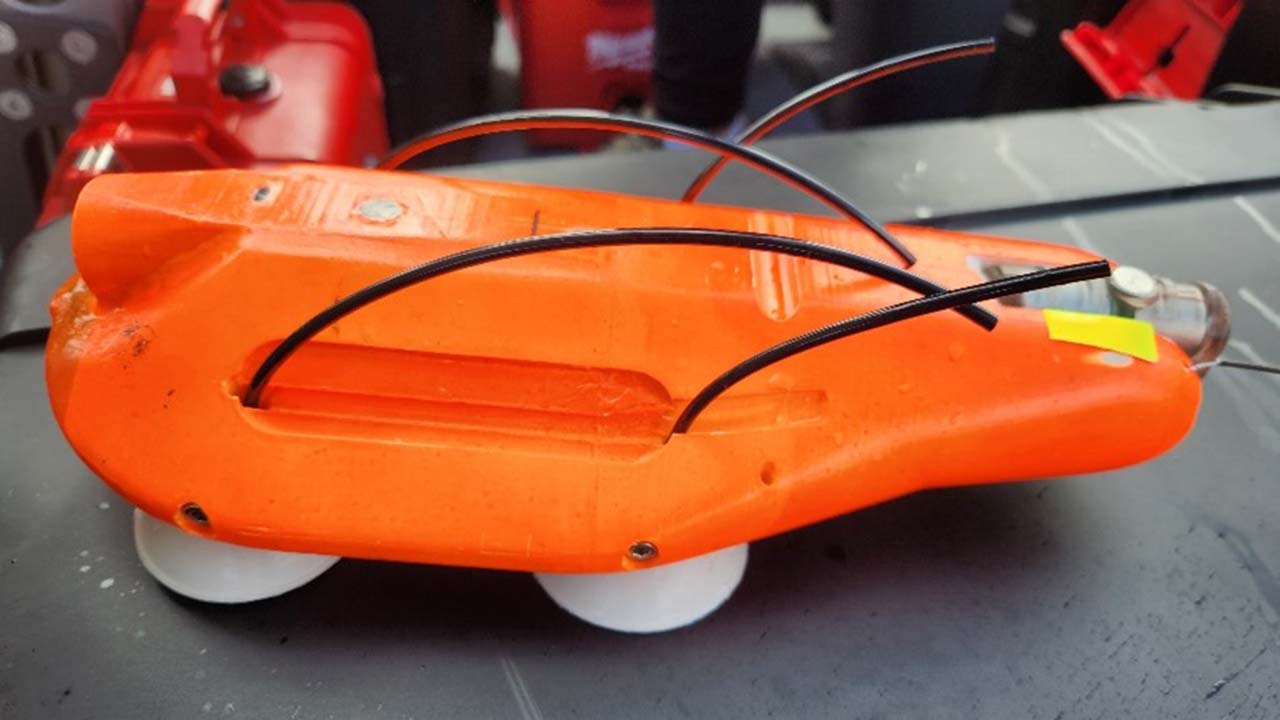
The what, why, and how of tagging right whales
As with any North Atlantic right whale research, a permit is required to approach and tag individuals. Scientists have developed best practices to minimize harm to the whales, including sterilizing any part of a tag that will break the skin barrier, limiting time spent pursuing an individual while trying to place a tag, and, in some cases, not tagging reproductive females, calves less than six months old, or any whale that is in poor health. Achieving these best practices requires researchers to be able to identify individuals in the field and conduct a visual health assessment before attempting to tag a right whale.
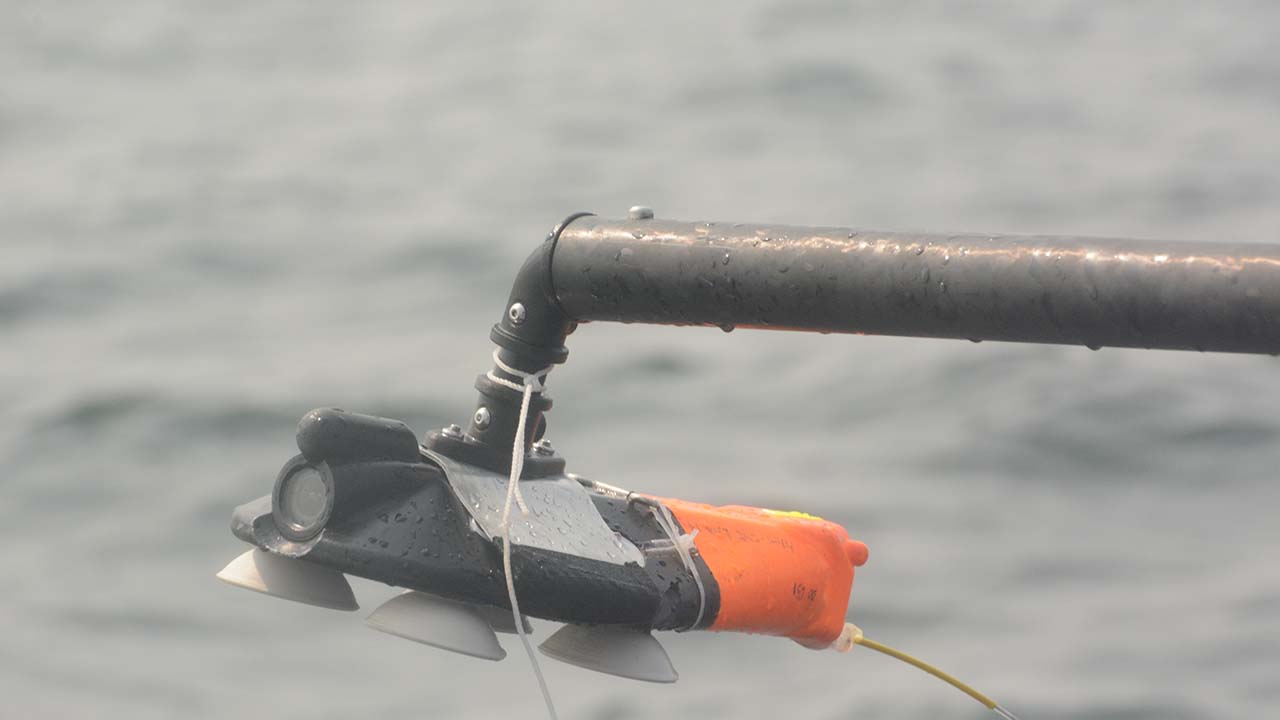
It has been suggested that all right whales should be tagged so that their whereabouts are known all the time (often referred to as real-time monitoring), but this is inadvisable for several reasons. First, we don’t currently have the technology for tags that will stay on whales for long periods without causing harm. Invasive tags might stay in place on the whale for many months, but these tags have health risks like infections, muscle damage, and delayed reproduction, which is something the North Atlantic right whale population cannot afford. Second, the number of whales that would need to be tagged to have an accurate picture of where the whales are located is very high, and tagging all these whales would require an exceptional amount of time and money. There is also the problem of tag failure—sometimes, a tag is placed successfully on a whale but fails to collect or transmit data due to mechanical damage or an error in programming. For these reasons, satellite tagging is not appropriate for real-time monitoring of North Atlantic right whales. Whether the data obtained from any type of tagging activity will be truly useful in improving effective management measures to protect right whales must be carefully weighed against all potential risks, and the benefits must outweigh the costs.

